Oct 3, 2023
Free roaming and roundups: more than a tradition
You may have heard about "réttir" or horse roundups. Today, we delve a little deeper into the tradition of letting horses roam free part of the year before herding them back home.
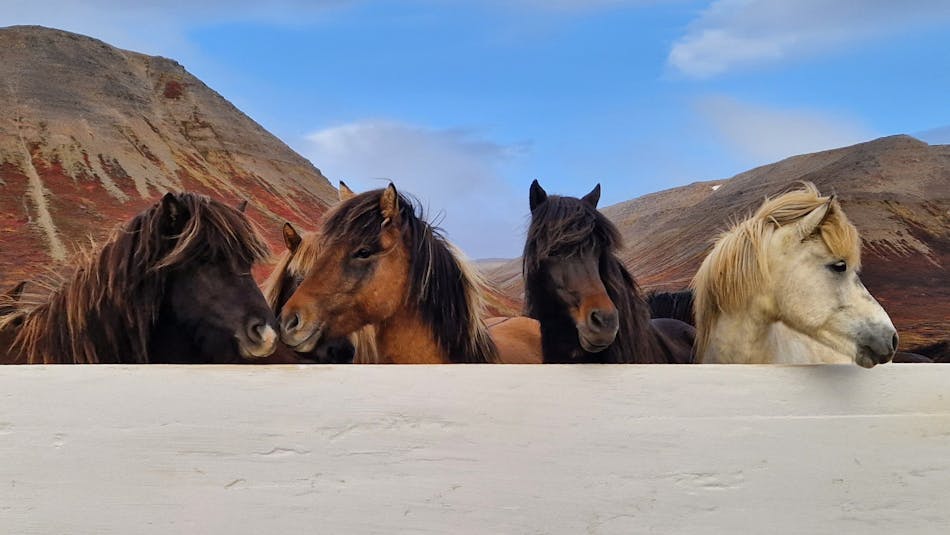
Horses being rounded up in Unadalsrétt. Photo: Berglind Margo Þorvaldsdóttir
Centuries of tradition
Autumn in Iceland is a very important time of the year for many horse breeders and owners. It is the season when they bring some of their precious horses back to their farms after several months of free roaming in the Icelandic wilderness.
The tradition of allowing horses to roam freely for part of the year dates back to the Viking era and most likely began as soon as Iceland was settled in the 9th and 10th centuries. The harsh winters made it important for livestock to accumulate fat during the summer months, and what better way to achieve this than by allowing them to graze freely during this season?
It is believed that by allowing the horses to grow up in herds and to have to contend with the elements of nature on their own, they developed great survival skills. Understanding the social dynamics within the herd, as well as the ability to discern safe travel terrain, identify edible plants, and locate food sources were all essential for the horses' survival in the challenging highlands of Iceland as well as something humans could use to their advantage.
As you may know, horses were essential for the survival of Icelanders up until less than a century ago. They were not only used for various task on farms, they were also the only mode of transportation on the island. It was therefore crucial that the horses be in good shape for the winter but also that they be as surefooted and smart as possible. A horse that was able to bring its owner home in a snow storm without missteps was likely to make the difference between life and death.
An ongoing custom
Today, of course, Icelandic horses are no longer essential for the survival of the people of Iceland. Nevertheless, the tradition of allowing young horses and pregnant mares to roam freely over the summer months still persists, especially in the North of the island.
Foals are typically born between May and July. Breeders then decide which stallion to pair with each mare, and she, along with her foal, is brought to that stallion. Once the pregnancy is confirmed, the mare and her foal are transported to valleys, away from inhabited areas, where they can roam freely in vast areas alongside other mares and their foals. Young horses that have not yet been trained are also included in the group, as well as the occasional older/trained horse that enjoys some time off during the summer. Hundreds of horses from various breeders and owners gather in those valleys and form smaller herds over the summer.
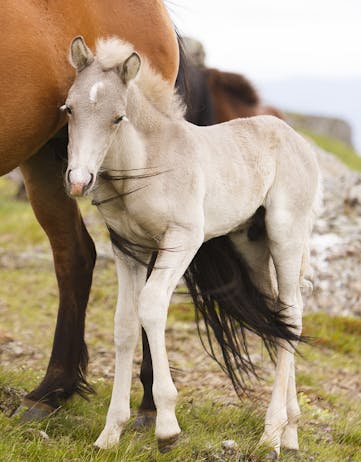
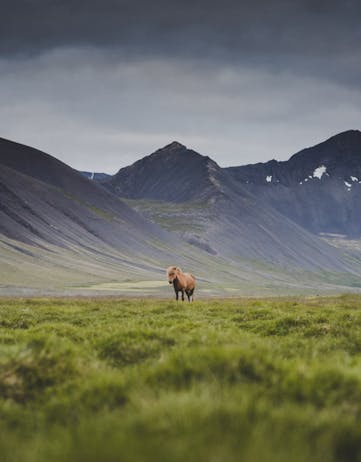
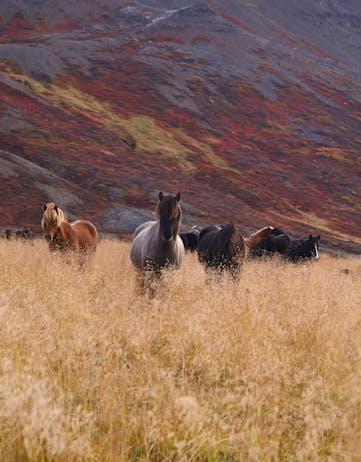
Photos: Gígja Einarsdtóttir / Louisa Hackl / Berglind Margo Þorvaldsdóttir
Great benefits
This is, of course, a beautiful tradition that has endured for many centuries, but to most, it is more than that.
Among breeders, there is a general consensus that horses raised in these conditions learn valuable skills. They are exposed to problem-solving situations and learn essential social boundaries. Horses that have the opportunity to wander in the highlands become sure-footed, having navigated various terrains on their own.
All of these experiences are invaluable to their future trainers, making the training process smoother. The social codes these horses have learned are used to teach them the boundaries of human interaction. Their problem-solving skills facilitate rapid learning, and their prior exposure to diverse landscapes instills confidence when riding in nature.
Réttir
Réttir, also known as 'roundups,' are unforgettable events that occur in the fall when the horses' owners venture into the highlands on horseback to gather the herds and bring them closer to home for sorting. The gathering typically takes place in the days leading up to the sorting. The horses are then brought near the 'rétt' (the pen or corral used for sorting the horses), leaving only a few miles or kilometers to cover on the day of sorting.
What Icelanders refer to as a 'rétt' is essentially a circle within a larger circle. The space between these two circles is divided into multiple sections, each having entrances on both sides. Each section is associated with a particular farm or owner. Some sections have with gates on both sides, allowing horses to enter the smaller circle from outside the rétt.

Unadalsrétt in Skagafjörður, North Iceland
During the sorting process, smaller groups of horses, typically around 50 at a time, are directed into the central, smaller circle. Here, owners and breeders position themselves near their designated sections and begin searching for their horses. All horses are microchipped, which aids in cases of uncertainty. Once a horse is spotted, it is guided into its owner's section. At the end of the sorting, each owner takes their horses home, either by herding them over the last few miles or kilometers to their farm or by loading them into trailers.
The primary objective of gathering the horses, of course, is to bring them closer to home for the winter. Some will start or return to their training, while the gestating mares and young horses will be placed in pastures where they can be closely monitored and receive proper care during the colder months.
On top of being great fun for everyone to see their horses again, réttir are a great social gatherings. Families from the entire local area usually come to participate or observe the proceedings. Some come from other regions of the country, looking to buy a horse or two. Open houses and other social events are organised and, in recent decades, opportunities for visitors from abroad to partake in these traditional events have opened up.
If you would like to take part in this mesmerising experience, we recommend having a look at our partners
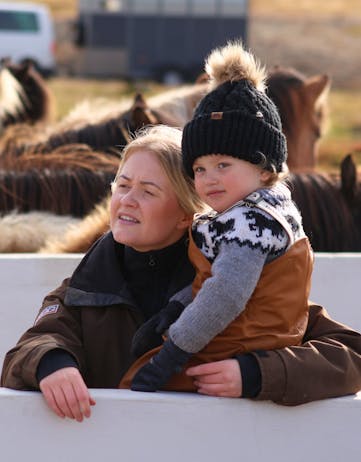
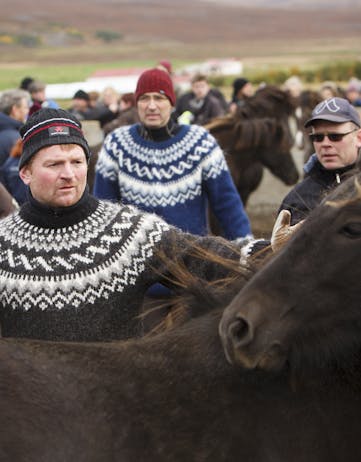
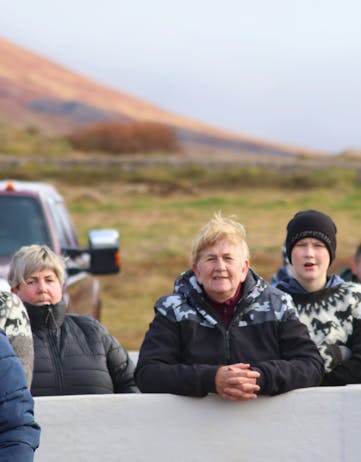
Photos: Berglind Margo Þorvaldsdóttir / Gígja Einarsdóttir
Fun fact for the road
Did you know that sheep also get to roam freely in the highlands of Iceland during the summer and are sorted in a manner similar to horses? Typically, horse roundups are known as 'stóðréttir,' while sheep roundups are referred to as 'fjárréttir. You can read more about sheep roundups here

Nov 11, 2025
Influencers' Trip to Iceland Reaches Five Million Views
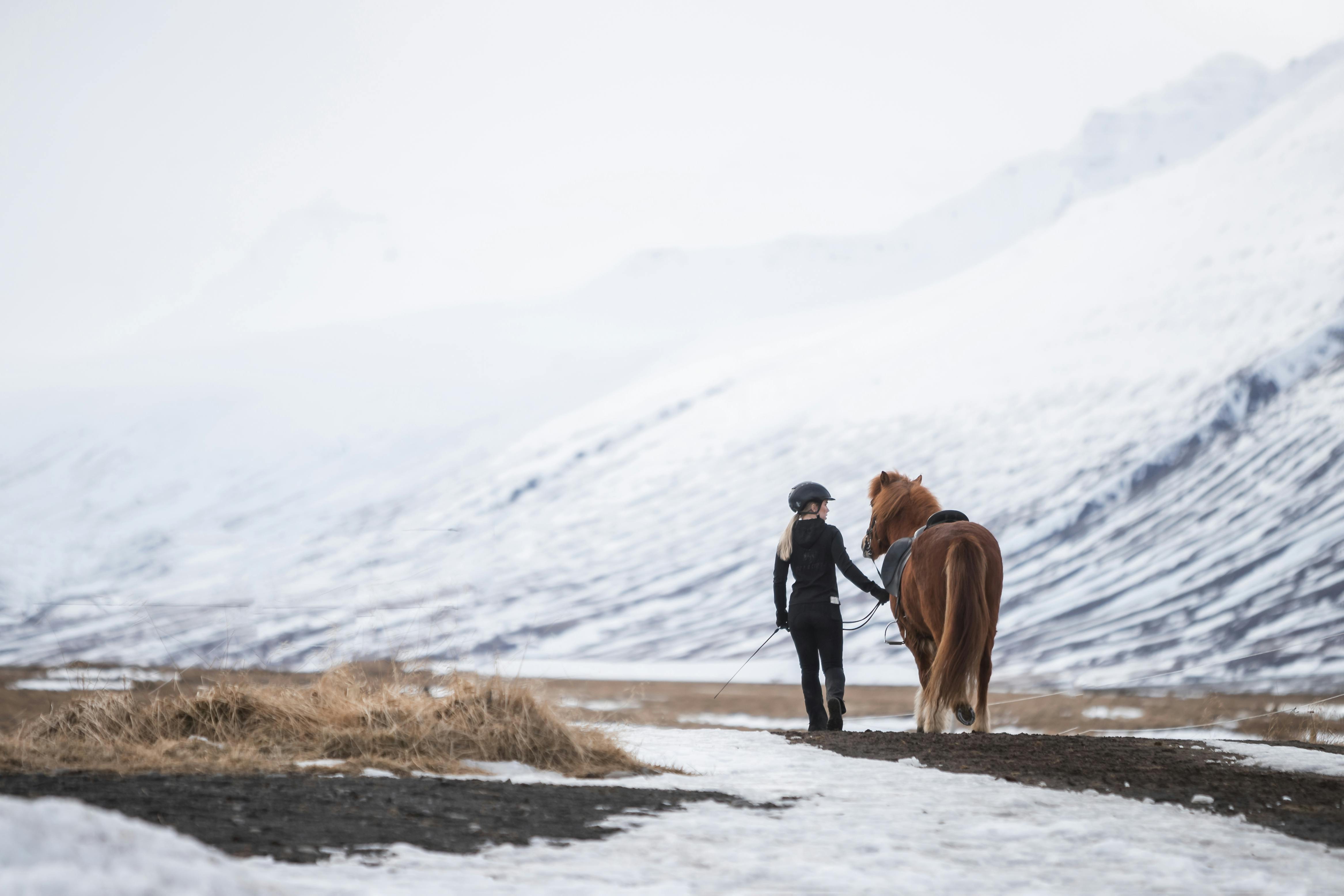
Oct 10, 2025
Free Webinar: Ride into the winter - motivated and healthy horses
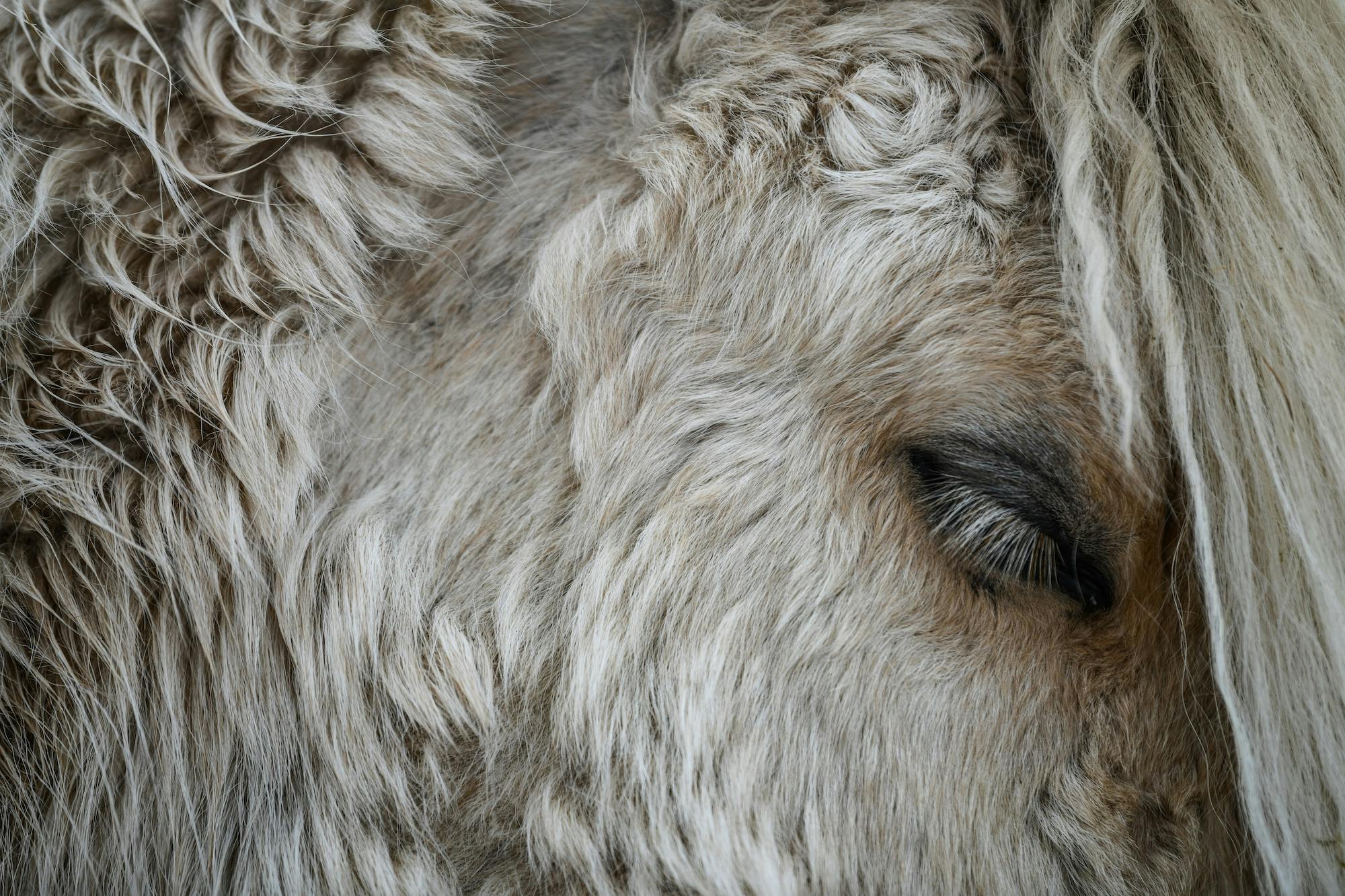
Sep 25, 2025